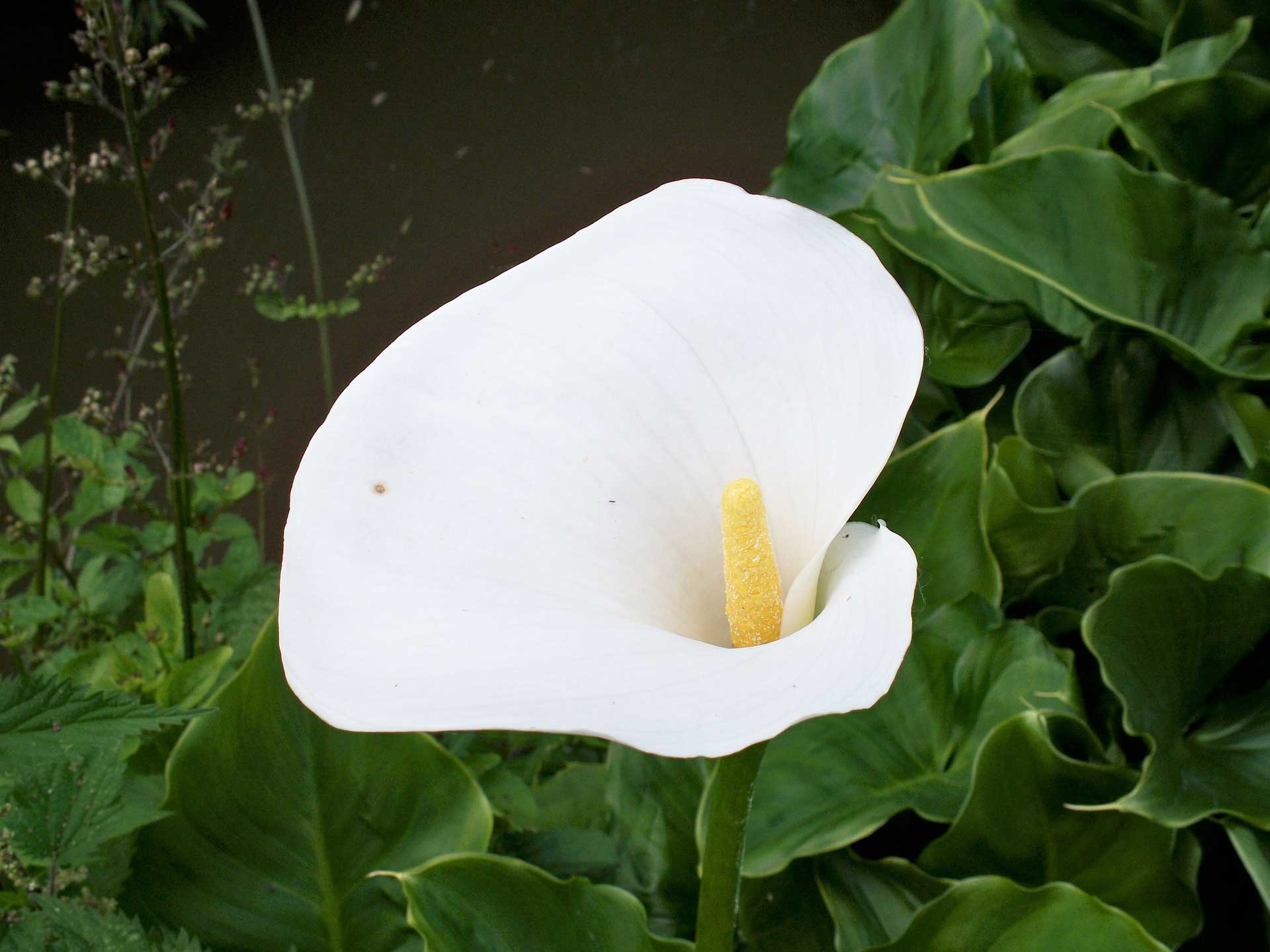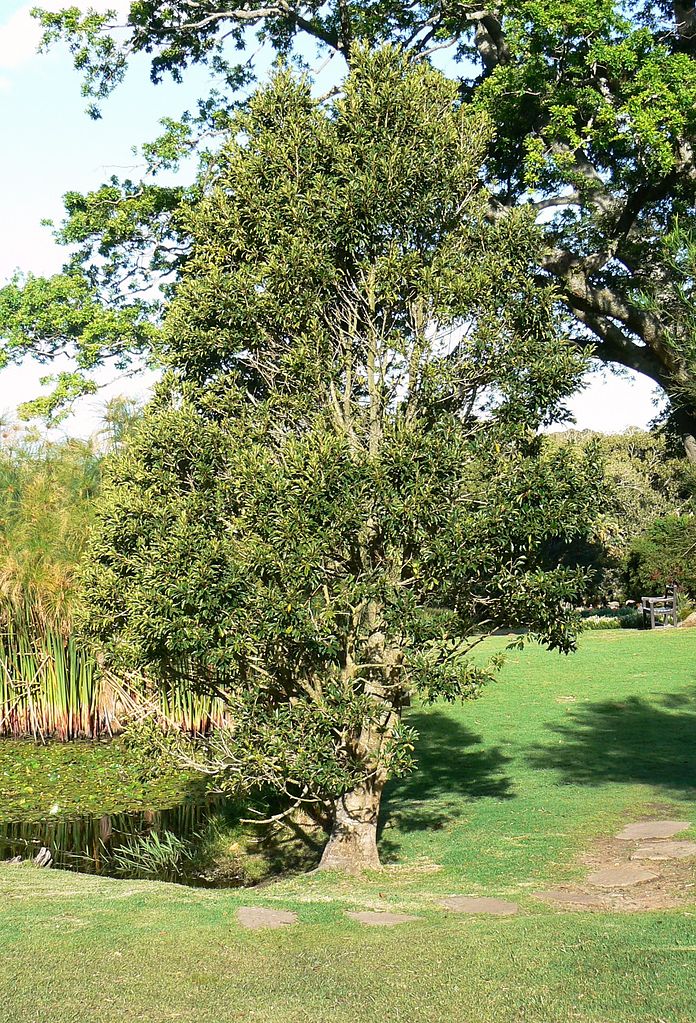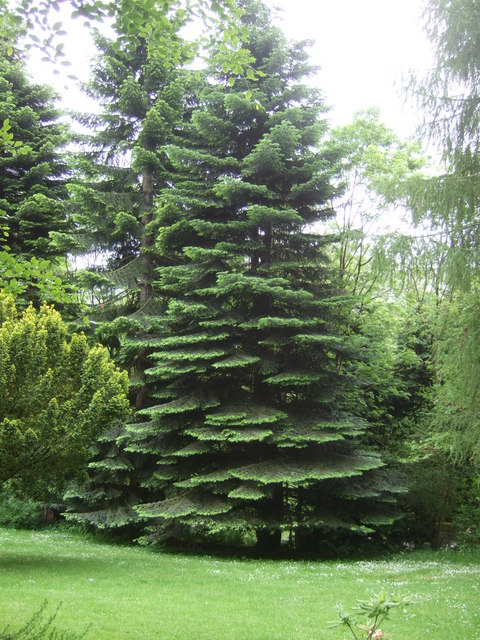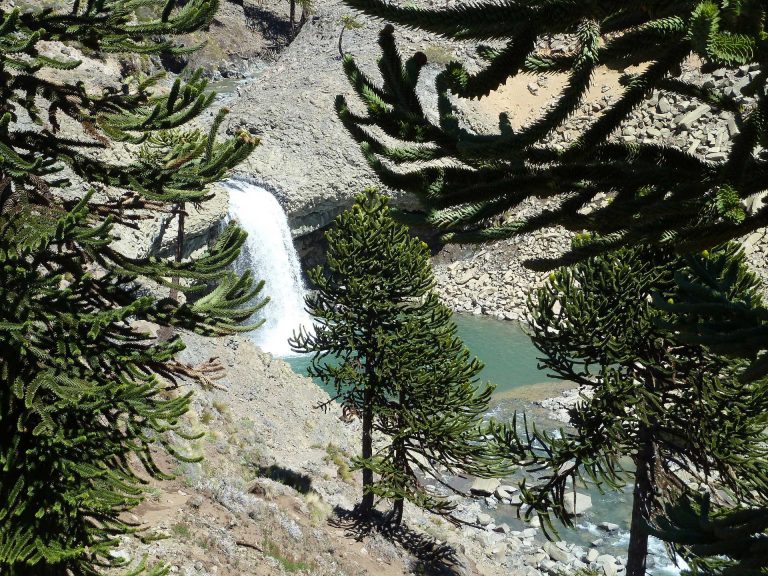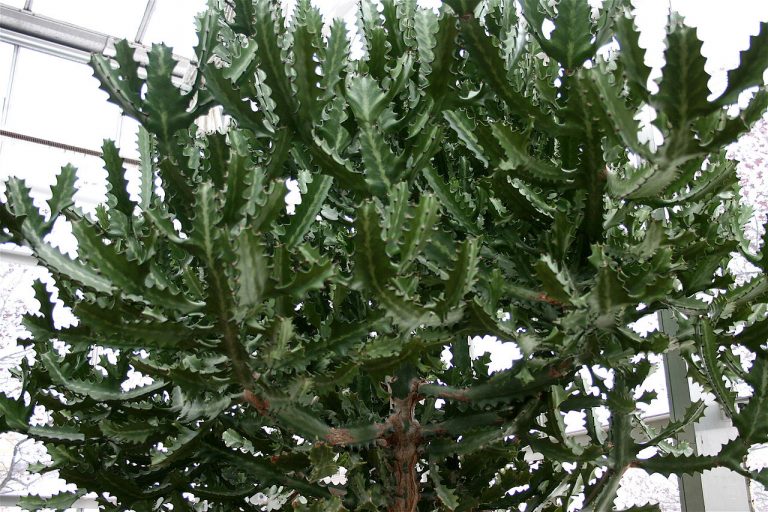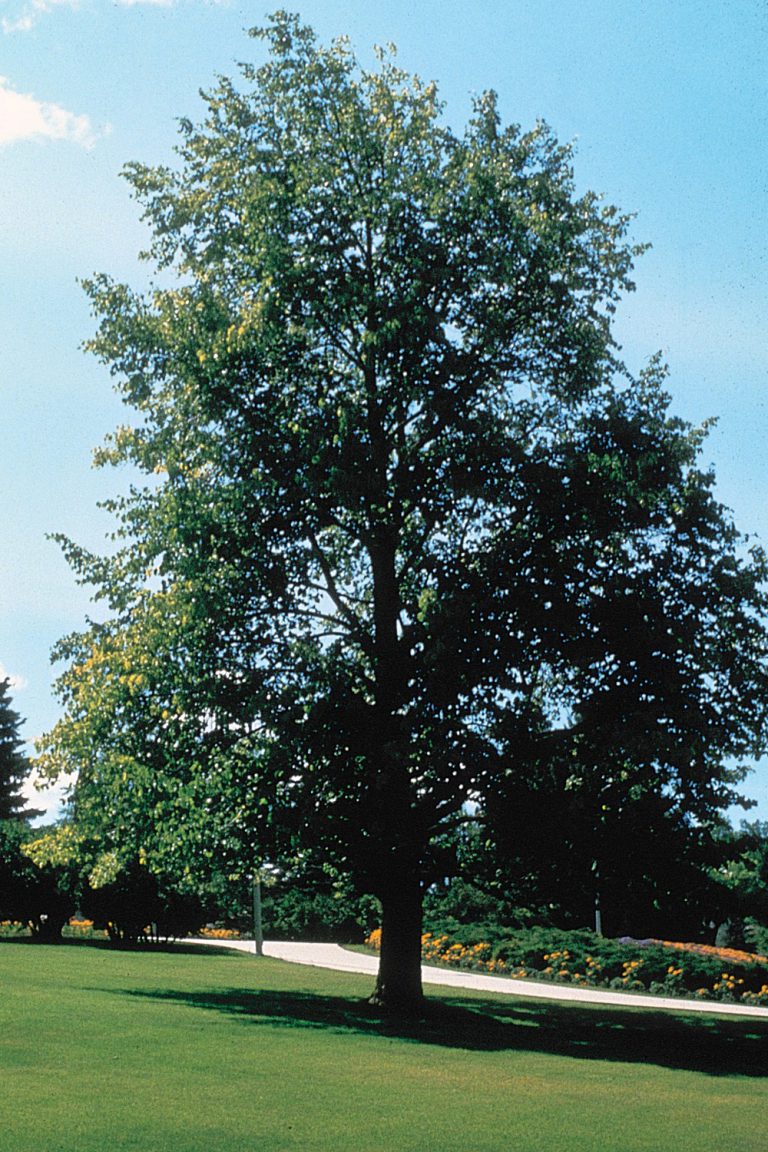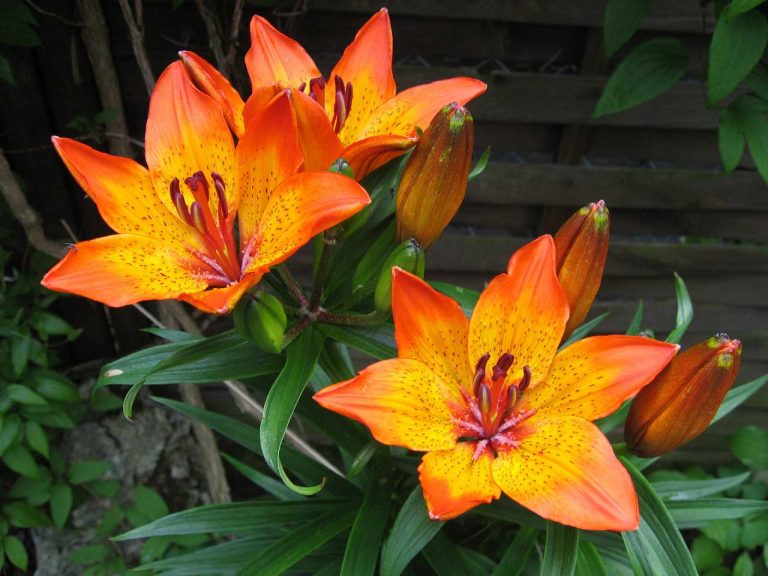Mini Callas Lilies – Sprang from the Breast Milk of Goddess Hera
Scientific Classification
| Kingdom: | Plantae |
| (unranked): | Angiosperms |
| (unranked): | Monocots |
| Order: | Alismatales |
| Family: | Araceae |
| Subfamily: | Aroideae |
| Tribe: | Zantedeschieae |
| Genus: | Zantedeschia |
Mini Callas Lilies (Zantedeschia), a herbaceous flowering plant of the Araceae family are native to the Southern part of Africa progressing from South Africa up to Malawi to its north. They also call these Calla lilies. The German botanist Kurt Sprengel (1766-1833) gifted the name of this genus as a tribute to the Italian botanist Giovanni Zantedeschi (1773-1846). They call Mini calla lily also as the arum lily for Z. aethiopica, and Calla Lily for Z. elliottiana. You would do well to note that Calla “Lily” is not a relation of the genus Lilium or the true lilies; it is an arum with a close relationship to hose-plants like philodendron. Greek mythology has it that the Callas Lilies sprang from the breast milk of Goddess Hera when she flung baby Heracles suckling from her breast without her knowledge. Anatomy
Mini Callas lilies have long leaf stalks and the basal foliage shoots from the underground (root stock) stem. The sheathing bract, large in size, flares up into the shape of a trumpet that encloses the spike of little flowers. They come in a multitude of colors. On the average the calla lilies grow up to 1 to 3 feet tall, and when they bloom fully they attain a diameter of 1 to 1 ½ feet. The foliage of the calla lilies are 1 to 1 ½ inch in length and bright green in color. The leaves of the mini calla lily are green and shaped like the arrowheads having silver or white spots on them.
How to Cultivate Domestically
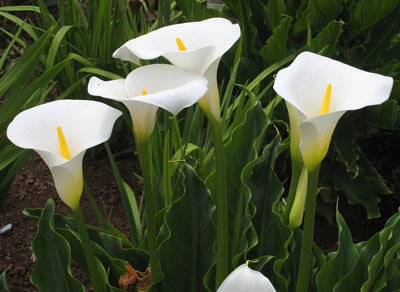
Photo by: Manfred Heyde
Preparation for Planting
At the termination of the last frost, choose a particular place in your garden for planting your buds, and make sure that you get complete sunlight in the morning hours and that the soil is well drained. In the afternoon they prefer shade.
Planting
- Remove the weeds if any from the flower beds using a hoe or a shovel. Take a garden tiller and till the soil to 6 inches depth and fill with organic compost to a depth of 2 inches.
- Make a four inch deep hole for each bulb, separating them at a distance of 1 to 2 feet. Place one bulb each in the hole with the pointed end facing upwards.
- Fill the soil into the holes and water fill until the soil settles. Refer the directions on the packing and add one dose of bulb fertilizer.
- Weekly once, clear the beds of the weeds and allow the plants to wither away into the ground in winter.
- In order to protect the bulbs from frost, conceal the soil with 3 to 4 inches of mulch. When the final frost is over, remove the mulch.
Placement and Watering
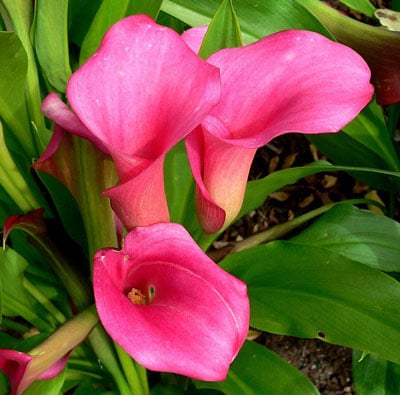
Photo by: Stan Shebs
Do not keep your fresh flowers where you can expose them to warm air, like refrigerator tops or adjacent to a heating vent. Keep the flowers at or below room temperature; this gives them a longer lifespan. Ensure that you always keep the mini callas lily flower plant pot’s soil damp (not soggy since the bulbs will get rotten). Darker tips of the leaves signify that you have over watered the plants. When the flowers have blossomed and faded away, cease to water the bulbs so as to dry and preserve them for the next season.
Flowering Period
The flowering season for these mini callas Lilies is winter and spring. During the remaining time they are inactive and stop flowering. It is better for you to keep them in a little shade.
After Bloom Care
After blooming, the flowers begin to close and become darker, and at times, become green on the periphery. In case you happen to visit your garden and observe curled up green blossoms, you have perhaps failed to notice the blossoming. This is the right time for you to cut off the flowers or let it remain in the garden to form seeds.
As Cut Flowers
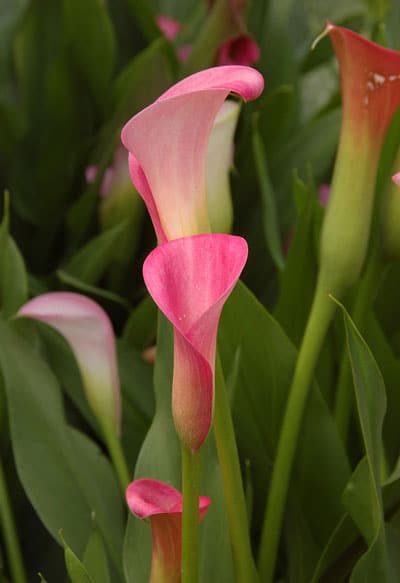
Photo by: Derek Ramsey
Always use a sharp knife to cut your fresh flowers. Dull knives and scissors are likely to squeeze the stem of the flower and decrease the flow of water to reach the bloom. While cutting the stem, snap the stem by holding the knife in an angular position. This method increases the area of the stem as a result of which, you maximize the amount of water reaching the bloom.

Having discovered a fondness for insects while pursuing her degree in Biology, Randi Jones was quite bugged to know that people usually dismissed these little creatures as “creepy-crawlies”.

